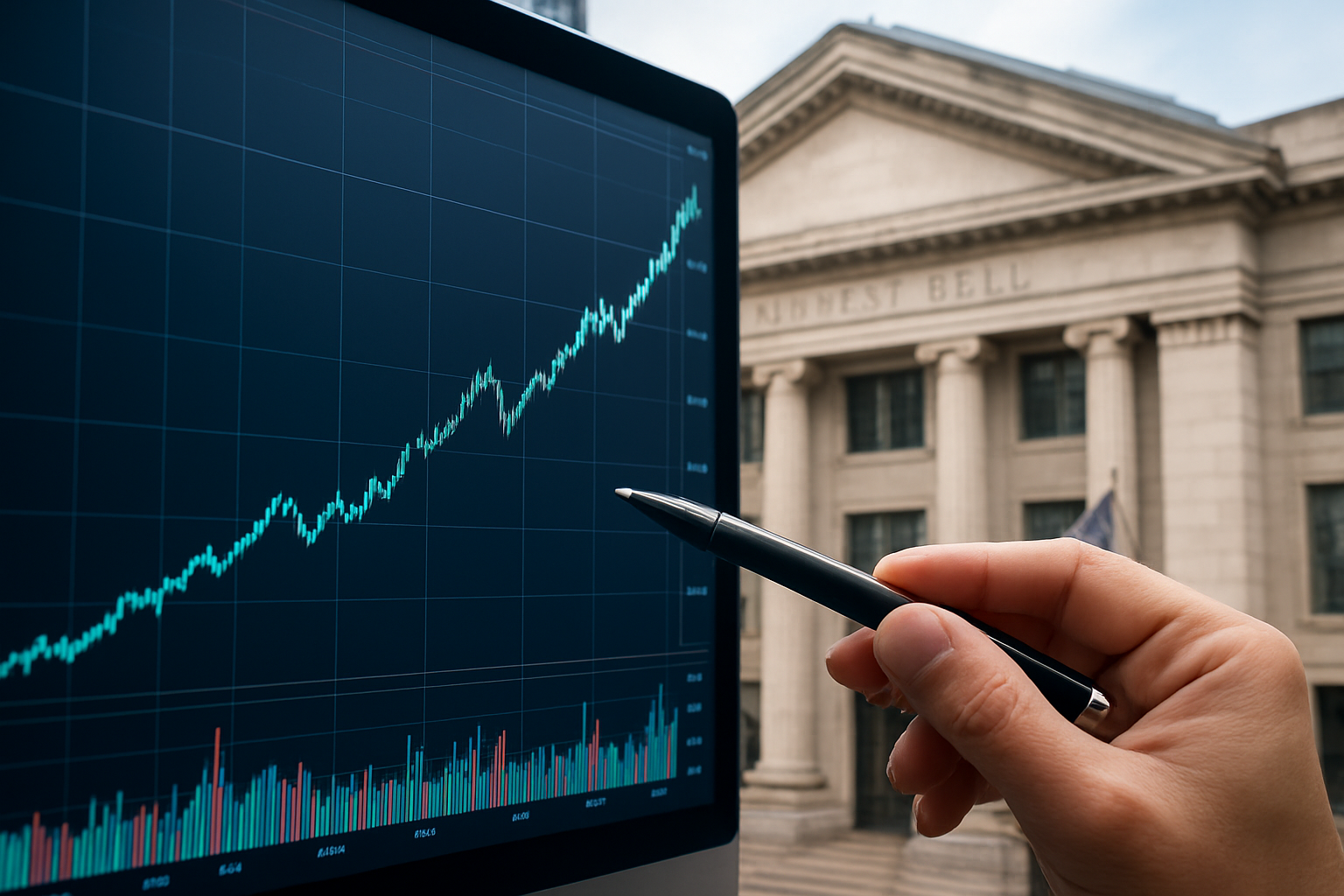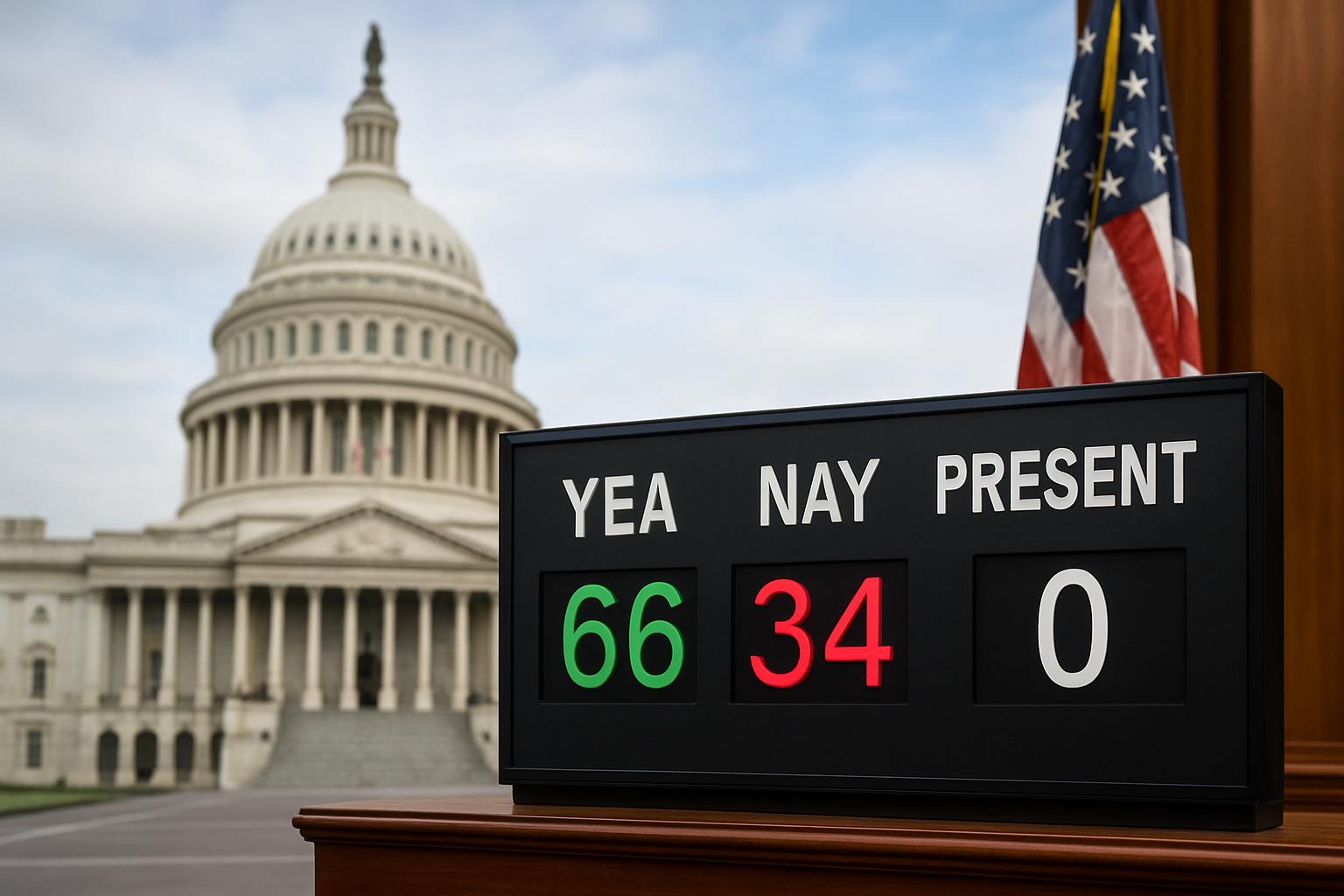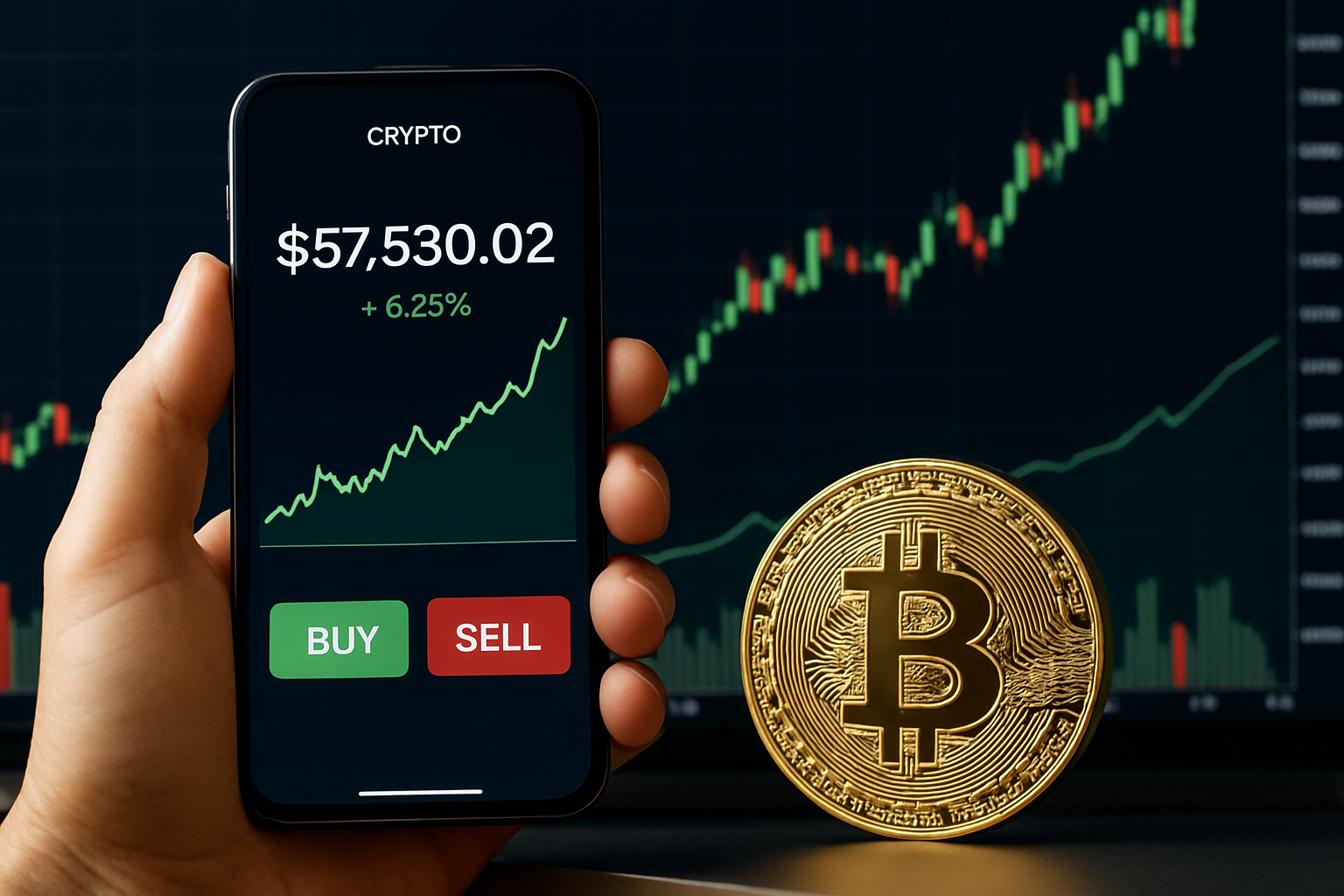After weeks of political deadlock that shook investor confidence and clouded economic forecasts, global markets surged on Monday as the U.S. Senate advanced a bipartisan bill to fund the federal government and end the longest shutdown in the nation’s history. The relief rally sent major equity indices across Asia and Europe higher, while U.S. futures pointed to a strong open — signaling renewed optimism in global risk appetite.
The S&P 500 futures rose over 1.3%, Nasdaq 100 gained 1.7%, and Dow Jones futures climbed nearly 400 points in pre-market trading. In Asia, Japan’s Nikkei 225 led gains with a 1.5% jump, followed by the Hang Seng Index and Europe’s STOXX 600, both up more than 1%. According to Reuters, investors are betting that the resolution could restore policy stability and reopen the flow of delayed economic data that markets rely on for direction.
A Turning Point for Market Sentiment
For weeks, the shutdown’s prolonged impact weighed heavily on investor sentiment, creating uncertainty in key data releases — from employment and inflation figures to business surveys — that help guide monetary policy and corporate forecasts. Now, with Washington moving toward a resolution, traders are shifting their focus back to fundamentals.
“Markets hate uncertainty, and this shutdown was one of the biggest blind spots for both policymakers and investors,” said Scott Brown, Chief Economist at Raymond James, in a note cited by Bloomberg. “A temporary deal gives investors room to breathe and allows analysts to recalibrate expectations heading into year-end.”
Analysts also pointed out that the shutdown’s economic cost could still surface in Q4 earnings, as delayed federal spending and disrupted contracts hit certain sectors — particularly defense, infrastructure, and healthcare. However, the broader equity rally suggests investors are willing to look beyond short-term data gaps and price in a rebound in confidence.
Why This Matters for Investors
The market’s reaction underscores a critical point: liquidity and sentiment can turn swiftly when political uncertainty eases. For institutional investors, the potential reopening of government operations means that official data flow — particularly jobs, CPI, and manufacturing figures — will resume, providing better visibility into the economic outlook.
For equity traders, cyclical and growth-sensitive sectors are likely to benefit first. Industrials, technology, and financials — all hit by risk aversion during the shutdown — saw early buying momentum. Meanwhile, Treasury yields edged higher as demand for safe-haven assets eased, while the U.S. dollar stabilized against major currencies.
According to MarketWatch, the VIX volatility index fell below 15 for the first time in nearly three weeks, reflecting reduced fear levels in equity markets. “The next 48 hours will be key,” said Morgan Stanley strategist Michael Zezas. “If this deal sticks, investors could see a risk-on rally heading into mid-November, but if political rhetoric reignites, we may see volatility return quickly.”
Broader Global Implications
The shutdown’s near-end also has international consequences. Global investors, particularly in emerging markets, had been watching Washington closely for signs of policy normalization. A prolonged shutdown could have delayed trade negotiations, fiscal spending, and regulatory approvals that directly affect cross-border capital flows.
In Europe, the Euro Stoxx 600 climbed to a three-week high, with Germany’s DAX and France’s CAC 40 both advancing more than 1%. “European equities are catching the tailwind of U.S. relief,” Deutsche Bank noted in its morning report. “But investors should not overlook the structural risks — U.S. fiscal uncertainty and rising global borrowing costs could reemerge as headwinds later this quarter.”
Similarly, Asian markets — particularly South Korea and Taiwan — benefitted from tech sector gains, as chipmakers and AI-linked firms rebounded after last week’s selloff. The move indicates that investors are reentering positions they had paused during the political impasse.
Future Trends to Watch
While optimism has returned, caution remains essential. The temporary funding deal only runs through January 2026, meaning another potential showdown looms early next year. For investors, this underscores the need to focus on sectors resilient to policy swings.
Key areas to monitor include:
- Defensive sectors such as utilities, healthcare, and consumer staples, which offer relative stability during policy uncertainty.
- Cyclical sectors like industrials and financials, which could outperform if the shutdown’s resolution leads to improved growth expectations.
- Data-driven plays, as the resumption of federal reports will influence Fed rate expectations and market forecasts for 2026.
The Federal Reserve’s next moves will also be closely watched. Any sign that the shutdown slowed growth could shift the balance toward a more accommodative stance, providing additional fuel for equities but potentially capping the dollar’s strength.
Key Investment Insight
With political clarity improving and economic data set to resume, short-term market momentum favors risk assets — but investors should remain selective. Companies with strong balance sheets, steady earnings growth, and global exposure are likely to outperform as the U.S. stabilizes. However, cyclical sectors tied directly to government contracts or consumer sentiment may still experience aftershocks from the disruption.
Active investors may look to rebalance portfolios toward high-quality growth names while keeping an eye on yield-sensitive sectors that could react to shifting bond markets.
As the U.S. political landscape stabilizes, investors worldwide are refocusing on fundamentals and growth. For continued analysis of the trends shaping global markets, follow MoneyNews.Today — your daily source for actionable investor insights and data-driven market intelligence.





